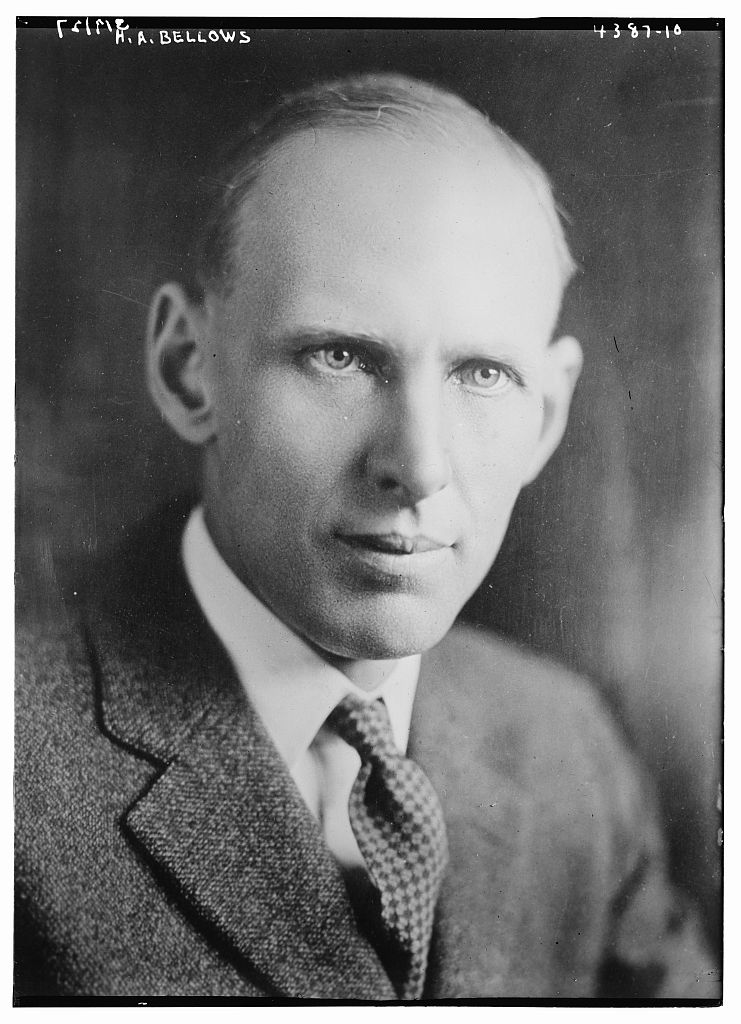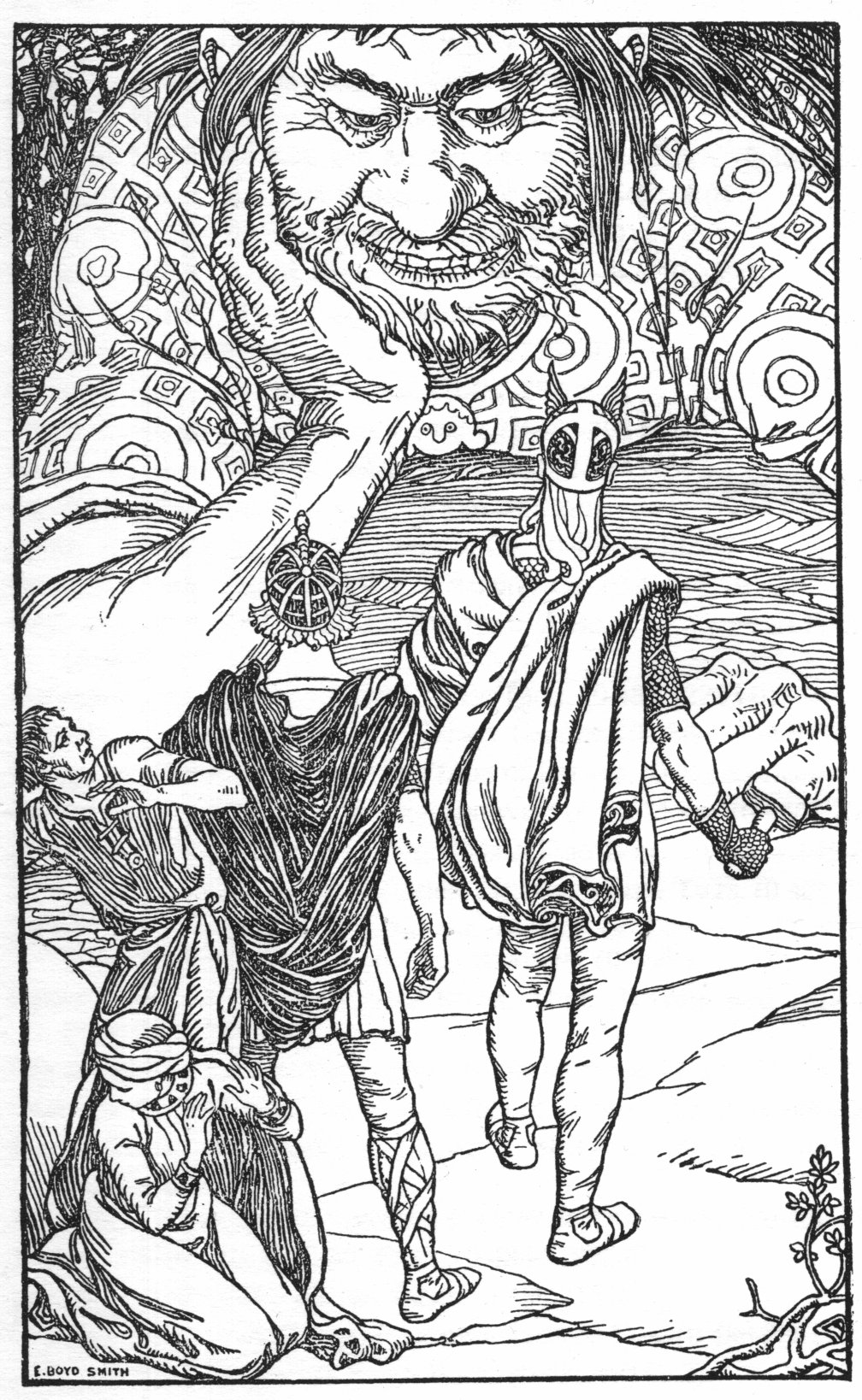|
Læsø Municipality
Læsø ("Isle of Hlér") is the largest island in the North Sea bay of Kattegat, and is located off the northeast coast of the Jutland Peninsula, the Danish mainland. Læsø is also the name of the municipality (Danish, '' kommune'') on that island. The island is a location mentioned in several instances in Old Norse sources detailing Norse mythology. Name and Norse mythology The modern Danish form of the island's name, ''læsø'', developed from Old Norse ''Hlésey'', meaning ' Hlér's island'.McKinnell (2005:110) and Faulkes (1995:59). Hlér (Old Norse 'sea'), also known as ''Ægir'' (also Old Norse 'sea'), is a jötunn and personification of the sea in Norse mythology whose nine daughters personify waves. Similarly, the Danish city of Lejre may also derive from ''Hlér''. In the ''Poetic Edda'' poem ''Hárbarðsljóð'', the god Thor comments that it was on Hlésey that he was attacked by (and so fought) "berserk women" or "brides of berserks" who had bewitched all of th ... [...More Info...] [...Related Items...] OR: [Wikipedia] [Google] [Baidu] |
Kattegat
The Kattegat (; sv, Kattegatt ) is a sea area bounded by the Jutlandic peninsula in the west, the Danish Straits islands of Denmark and the Baltic Sea to the south and the provinces of Bohuslän, Västergötland, Halland and Skåne in Sweden in the east. The Baltic Sea drains into the Kattegat through the Danish Straits. The sea area is a continuation of the Skagerrak and may be seen as a bay of the North Sea, but in traditional Scandinavian usage, this is not the case. The Kattegat is a rather shallow sea and can be very difficult and dangerous to navigate because of the many sandy and stony reefs and tricky currents, which often shift. In modern times, artificial seabed channels have been dug, many reefs have been dredged by either sand pumping or stone fishing, and a well-developed light signaling network has been installed, to safeguard the very heavy international traffic of this small sea. There are several large cities and major ports in the Kattegat, including, in d ... [...More Info...] [...Related Items...] OR: [Wikipedia] [Google] [Baidu] |
Jötunn
A (also jotun; in the normalised scholarly spelling of Old Norse, ; ; plural / ) or, in Old English, (plural ) is a type of supernatural being in Germanic mythology. In Norse mythology, they are often contrasted with gods (Æsir and Vanir) and other non-human figures, such as dwarfs and elves, although the groupings are not always mutually exclusive. The entities themselves are referred to by several other terms, including , (or ) and if male and or if female. The typically dwell across boundaries from the gods and humans in lands such as . The are frequently attested throughout the Old Norse record, with also featuring in the Old English epic poem ''Beowulf''. The usage of the terms is dynamic, with an overall trend that the beings become portrayed as less impressive and more negative as Christianity becomes more influential. Although the term "giant" is sometimes used to gloss the word "" and its apparent synonyms in some translations and academic texts, are not ... [...More Info...] [...Related Items...] OR: [Wikipedia] [Google] [Baidu] |
Skald
A skald, or skáld (Old Norse: , later ; , meaning "poet"), is one of the often named poets who composed skaldic poetry, one of the two kinds of Old Norse poetry, the other being Eddic poetry, which is anonymous. Skaldic poems were traditionally composed on one occasion, sometimes extempore, and include both extended works and single verses ('' lausavísur''). They are characteristically more ornate in form and diction than eddic poems, employing many kennings and heiti, more interlacing of sentence elements, and the complex ''dróttkvætt'' metre. More than 5,500 skaldic verses have survived, preserved in more than 700 manuscripts, including in several sagas and in Snorri Sturluson's ''Prose Edda'', a handbook of skaldic composition that led to a revival of the art. Many of these verses are fragments of originally longer works, and the authorship of many is unknown. The earliest known skald from whom verses survive is Bragi Boddason, known as Bragi the Old, a Norwegian skald of ... [...More Info...] [...Related Items...] OR: [Wikipedia] [Google] [Baidu] |
Oddrúnargrátr
''Oddrúnargrátr'' (''Oddrún's lament'') or ''Oddrúnarkviða'' (''Oddrún's poem'') is an Eddic poem, found in the Codex Regius manuscript where it follows ''Guðrúnarkviða III'' and precedes ''Atlakviða''. The main content of the poem is the lament of Oddrún, sister of Atli, for Gunnarr, her lost and forbidden love. The poem is well preserved and thought to be a relatively late composition, perhaps from the 11th century. The metre is ''fornyrðislag''. External linksOddrunargratrTranslation and commentary by Henry A. BellowsOddrún’s LamentTranslation by Benjamin ThorpeOddrúnargrátrTranslation by William Morris and Eirikr MagnussonOddrúnargrátrSophus Bugge Elseus Sophus Bugge (5 January 1833 – 8 July 1907) was a Norwegian philologist and linguist. His scholarly work was directed to the study of runic inscriptions and Norse philology. Bugge is best known for his theories and his work on the runic ...'s edition of the manuscript textOddrúnarkviðaGuðni Jónsson ... [...More Info...] [...Related Items...] OR: [Wikipedia] [Google] [Baidu] |
Helgakviða Hundingsbana II
"Völsungakviða in forna" or "Helgakviða Hundingsbana II" ("The Second Lay of Helgi Hundingsbane") is an Old Norse poem found in the ''Poetic Edda''. It constitutes one of the Helgi lays together with ''Helgakviða Hundingsbana I'' and ''Helgakviða Hjörvarðssonar''. Henry Adams Bellows maintains in his commentaries that it is a patchwork of various poems that do not fit well together, but stanzas 28-37 and 39-50 are held to be among the finest in Old Norse poetry. The feud with Hunding and his sons The first section (containing stanzas 1 to 4) introduces Helgi as the son of Sigmund, of the Ylfing and the Völsung clan, and Borghild. They resided at Brálund and they named their son after Helgi Hjörvarðsson. Their clan was in a bloody feud with Hunding and his many sons. Helgi disguised himself and visited the home of Hunding's family where the only man present was Hunding's son Hæmingr (unknown in any other source). Hunding sent men to Helgi's foster-father Hagal to sea ... [...More Info...] [...Related Items...] OR: [Wikipedia] [Google] [Baidu] |
Henry Adams Bellows (businessman)
Henry Adams Bellows (September 22, 1885 – December 29, 1939) was a newspaper editor and radio executive who was an early member of the U.S. Federal Communications Commission. He is also known for his translation of the ''Poetic Edda'' for The American-Scandinavian Foundation. Life and career Born in Portland, Maine, Bellows graduated from Harvard University in 1906, and then taught English as an assistant there for three years. He received his Ph.D. in 1910 for a dissertation in comparative literature entitled ''The Relations between Prose and Metrical Composition in Old Norse Literature'' and then became an assistant professor of rhetoric at the University of Minnesota.William M. Emery, ''The Howland Heirs: Being the Story of a Family and a Fortune and the Inheritance of a Trust Established for Mrs. Hetty H.R. Green'', Bedford, Massachusetts: Anthony, 1919p. 333 From 1912 to 1919 he was managing editor of ''The Bellman'', a Minneapolis literary magazine, vice president of t ... [...More Info...] [...Related Items...] OR: [Wikipedia] [Google] [Baidu] |
Benjamin Thorpe
Benjamin Thorpe (1782 – 19 July 1870) was an English scholar of Anglo-Saxon literature. Biography In the early 1820s he worked as a banker in the House of Rothschild, in Paris. There he met Thomas Hodgkin, who treated him for tuberculosis. After studying for four years at Copenhagen University, under the Danish philologist Rasmus Christian Rask, Thorpe returned to England in 1830. In a few years he established a reputation as an Anglo-Saxon scholar. In recognition of unremunerative work, Thorpe was granted a civil list pension of £160 in 1835, and on 17 June 1841 this was increased to £200 per annum. He was a Fellow of the Society of Antiquaries of London, a member of the Royal Academy of Sciences at Munich, and of the Society of Netherlandish Literature at Leyden He died at Chiswick in July 1870. Bibliography In 1830 Thorpe brought out at Copenhagen an English version of Rask's ''Anglo-Saxon Grammar'' (a second edition of this appeared at London). That same year he move ... [...More Info...] [...Related Items...] OR: [Wikipedia] [Google] [Baidu] |
Þjálfi And Röskva
In Norse mythology, Þjálfi (Old Norse: ) and Röskva (O.N.: ) are two siblings, male and female respectively, who are servants of the god Thor. Þjálfi receives a single mention in the ''Poetic Edda'', compiled in the 13th century from earlier traditional material, while both Þjálfi and Röskva are attested in the ''Prose Edda'', written in the 13th century by Snorri Sturluson and in poetry of skalds. In the ''Poetic Edda'', Thor recounts an incident where Þjálfi is chased away by she-wolves but gives no additional information about him. In the ''Prose Edda'', Þjálfi and Röskva are the children of peasant farmers. Thor and Loki stay a night at their farmstead and there Thor shares with the family the meat of his goats, Tanngrisnir and Tanngnjóstr. Þjálfi sucks the marrow from a leg bone from one of the goats. When Thor resurrects the goats the next morning, he finds that one of the goats is lame in the leg and becomes enraged. As a result, Thor maintains Þjálfi and ... [...More Info...] [...Related Items...] OR: [Wikipedia] [Google] [Baidu] |
Berserker
In the Old Norse written corpus, berserker were those who were said to have fought in a trance-like fury, a characteristic which later gave rise to the modern English word '' berserk'' (meaning "furiously violent or out of control"). Berserkers are attested to in numerous Old Norse sources. Etymology The Old Norse form of the word was (plural ). It likely means "bear-shirt" (compare the Middle English word ', meaning 'shirt'), "someone who wears a coat made out of a bear's skin". Thirteenth-century historian Snorri Sturluson interpreted the meaning as "bare-shirt", that is to say that the warriors went into battle without armour, but that view has largely been abandoned. Early beginnings It is proposed by some authors that the northern warrior tradition originated from hunting magic. Three main animal cults appeared: the bear, the wolf, and the wild boar. The bas relief carvings on Trajan's column in Rome depict scenes of Trajan's conquest of Dacia in 101–106 AD. The sce ... [...More Info...] [...Related Items...] OR: [Wikipedia] [Google] [Baidu] |






_sid_103).jpg)